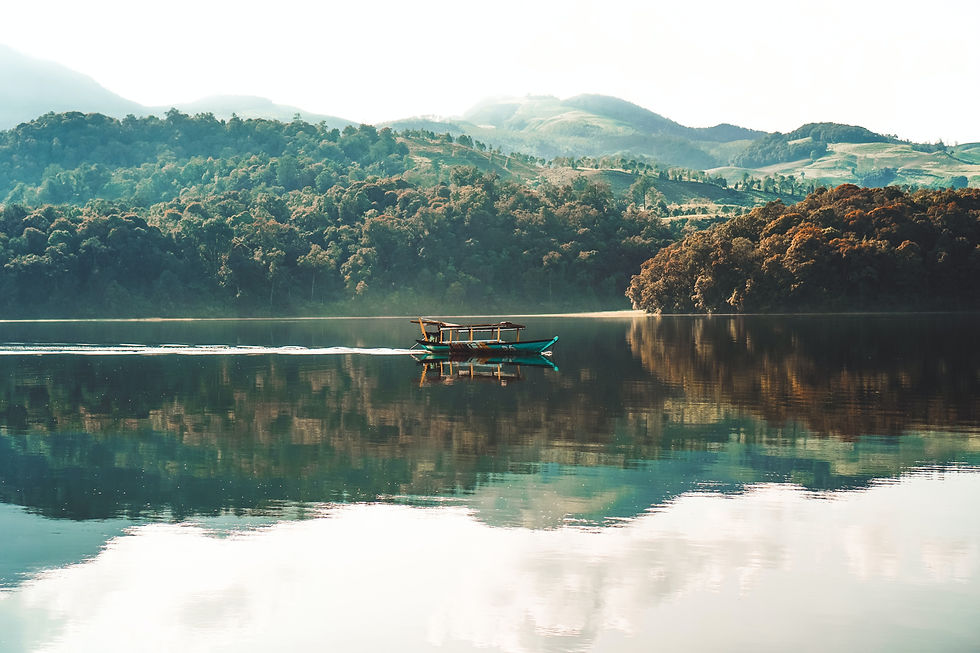Ancient Crafts - New Masters: Experience the Revival
- charlene929
- Oct 21, 2020
- 3 min read
Updated: Nov 6, 2020
A groundswell of younger Japanese artisans are taking over ancient heritage crafts and creating a new vibrancy, the old ways giving a physical grounding in an increasingly digital age.
Experiencing and taking part in an ancient craft is a meaningful experience that appeals to our senses, connecting us to history. Also, by celebrating local crafts and communities, we support the local economy, and its artisans in the continuation of their practice.
Sumi – Japanese Inksticks

The art of inkstick making is believed to have been brought to Japan in 610 by a Korean monk named Damjing, and as Buddhism flourished in the Nara period (710–794), the increased needed for calligraphy to copy sutras, transformed Nara into an inkstick capital.
Kobaien - the oldest inkstick artisans in Japan, has perfected the craft since 1577.
The meticulous process involves producing soot in a mud-walled hut where 200 flames of fine vegetable oil are carefully burned and the flame fine-tuned, collecting on earthenware covers. Since the finer oil soot produces deeper, sublime hues of ink, this stage is crucial.

You can join with the Master from this stage, experiencing how to knead the soot with vegetable starch, adding fragrances, and carefully moulding the mixture into your desired shape. The sticks slowly dry into its finished form and will be sent to you when done.
Aizome Indigo – “Japan Blue”
With nine official shades of blue, from “White Indigo” to ”Iron Blue”, this ancient craft has many shades although classic Japan Blue is said to be “deeper than sky blue and lighter than navy blue”. Growing to about one meter, the large leaves are green, but turn dark blue when dried. Using organic processes to naturally cure and ferment the leaves during the winter months after harvesting, the craftsmen produce “Sukumo” - the raw base for the dye.


Traditionally used for textiles to create everything from handkerchiefs (Shibori) to street signage (Noren), the colour was a ubiquitous part of traditional culture. Join the indigo Master and learn how to create classic patterns and shades on textiles, which you can bring home with you.
Kintsugi – Golden Joinery
With origins in Zen philosophy, he Japanese art of imperfection ‘wabi-sabi’, is the acceptance of imperfection as part of beauty. That beauty that can come from brokenness and in giving second life to something broken, its scars become one with the accidents of time.

It’s believed that Kintsugi dates back to when the shogun Yoshimasa (1358 – 1408) sent his favourite cracked tea-bowl to China to be repaired, when he saw that it had been mended with metal staples he asked his craftsmen to find a more pleasing method of repair, and Kintsugi was born. In an age that worships youth, perfection and the new, the art of Kintsugi retains wisdom – as applicable to our own lives as it is to a broken teacup.

Traditionally created using Japanese lacquer (Urushi) to mend, and then dusted or mixed with 24k powdered gold to seal and finish the cracks. Join the Master in creating your own Kintsugi piece, lovingly mended with lacquer and gold.
Swordsmiths – the art of the Katana

Since ancient days Japanese swords have been forged using a steel called tamahagane - created from iron sand and pine or chestnut tree charcoal. The priest Masamune, (1264–1343), is renowned as Japan's greatest swordsmith, his swords becoming the stuff of legends. Gifu, also known as the City of Blades, has been making swords and knives for over 800 years. The clean water and river clay, abundant coal, and strategic location made it as a steel forging powerhouse.
Nowadays, Fujiwara Kanefusa XXV, a 25th-generation bladesmith, along with his son, Fujiwara Kanefusa XXVI, are the proud owners of a workshop here in Gifu, who will welcome us. See how the red-hot metal is placed on the anvil and the sparks dance when his hammer pounds the molten core. The continuous lengthening and folding of the steel creates the distinctive pattern, and smiths can usually tell from the pattern who made the sword. The whole process from tamahagane to finished blade takes about 15 days.

Learn the history and process of Japanese sword making and try your hand at pounding and forging a blade with a hammer under the guidance of the Master swordsmith.
Come with 8th Wave, to connect with the Masters, and experience Japan in a new way.














Comments